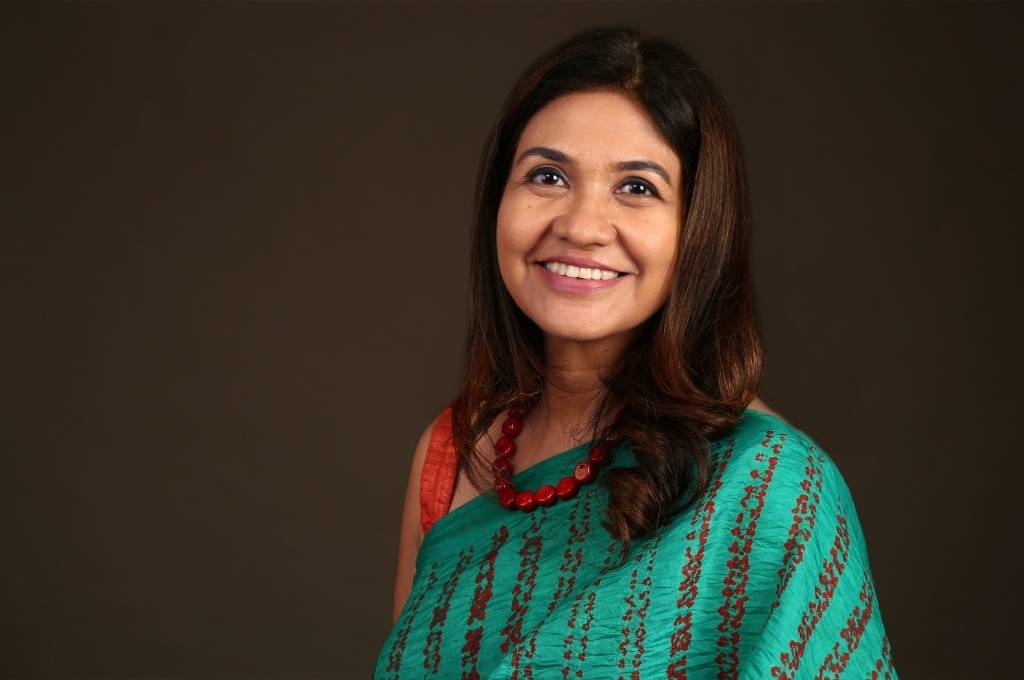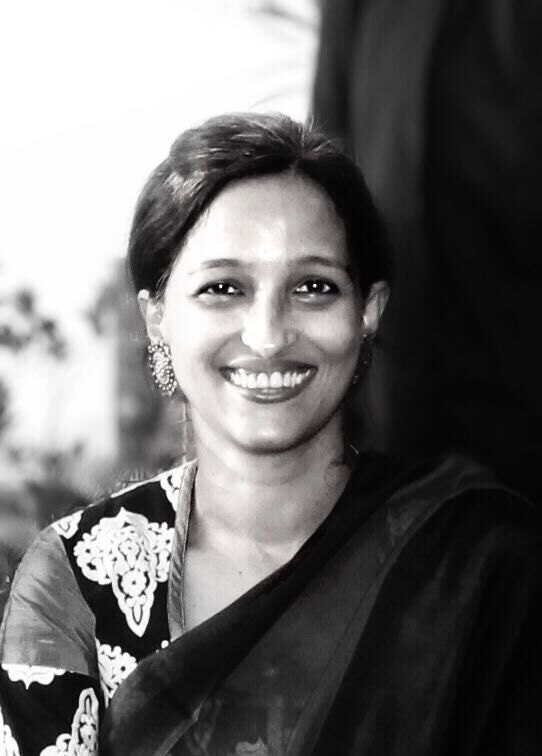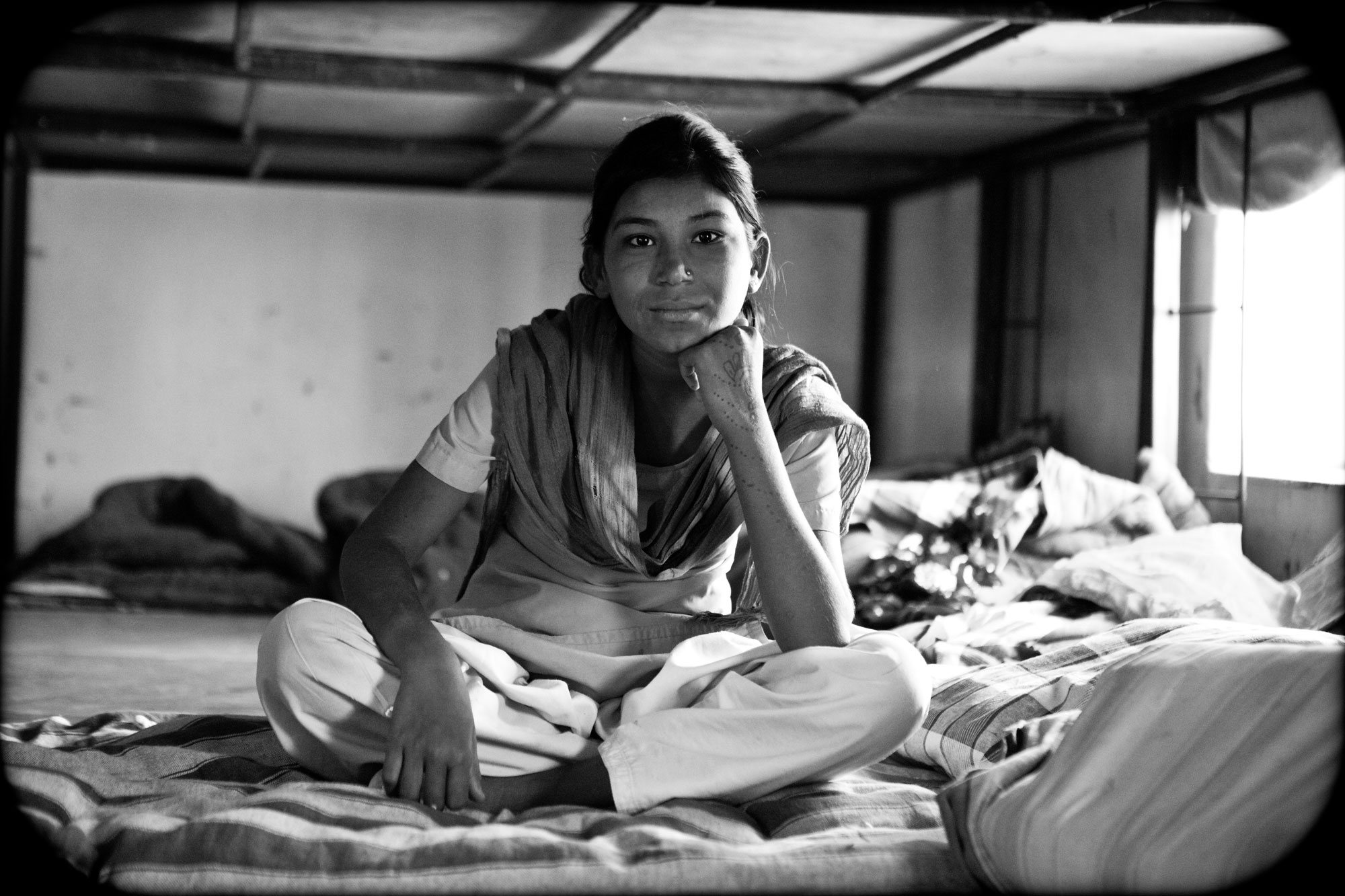Vidya Shah is the Executive Chairperson of EdelGive Foundation. Through her journey as a philanthropist over the last two decades, she has seen the impact created by nonprofits that have strong operational capabilities, and community orientation. She therefore helped build a philanthropic model at EdelGive, whereby organisations receive a combination of funding, fundraising and capacity building support to help them strengthen their impact.
In this interview, she talks to IDR about what Indian philanthropy did and did not do well during COVID-19, what she learned as a result, and what she hopes the way forward will be.

During the first and second wave of COVID-19, what did Indian philanthropy do well? And where did it fail?
One of the things that philanthropy did really quickly was rally during the crisis. There was a real sense of urgency, and this caused people to break down their traditional decision-making hierarchies and jump into action.

Within that urgency there were two kinds of reactions from donors. The first was to rapidly give to known organisations or government-backed relief funds, and trust that the money would go to the right place. The second was from those funders who took a bit of time to understand where money was needed, and what kinds of organisations they wanted to support. These were the people trying to figure out the demand and supply ratio of medical supplies, food rations, and so on. Both reactions were needed at the time, and both served an important purpose.
There tends to be a herd mentality around giving, and funders don’t always stop to think critically.
That being said, there were also gaps in how philanthropists responded to the pandemic, particularly to the second wave. The first wave of the pandemic showed us, especially with the migrant crisis, how a shortage of food and shelter, and no livelihood security, devastated families. Despite knowing this, during the second wave, all donor attention went to hospital beds, oxygen concentrators, and medical supplies.
In my view, the reason for this shortcoming is the fact that philanthropy tends to get carried away by majoritarian narratives. There tends to be a herd mentality around giving, and funders don’t always stop to think critically.
Today, we are seeing a mass destruction of livelihoods in India, with a potentially irreversible decline into poverty for large numbers of families. More importantly, I fear that our memories will once again fail us. This is a real worry, because if we don’t learn from our reaction to the second wave, we will make the same mistakes—we will continue to direct funding in a narrow way, the consequences of which will be devastating.
What lessons have you, as a philanthropist, learned from the pandemic?
The structural defects in philanthropy have become very stark. COVID-19 showed us that enormous sums of money are available, both within the country, and overseas. However, these large amounts of funds are creating a narrative that is almost entirely funder driven.

Large sections of civil society have been annihilated either because of a lack of funding, or because their teams have seen massive devastation, personally, and health-wise.
This is another reason why philanthropy driven by a herd mentality is quite dangerous in the long run. When there is so much money, it tends to find its way to organisations, themes, sectors, and individuals, with whom funders already have a high degree of comfort. More often than not these organisations mirror the way funders think and behave. This leads to an abundance that is only available to a select few.
The divide between the commercial/business world and the development world has never been starker than it is today. The top 500 companies are all generating huge profits despite the pandemic, and people are saying the economy is thriving (unfortunately, we also measure the economy by the Sensex and that has been doing incredibly well).
All this while, large sections of civil society have been annihilated either because of a lack of funding, or because their teams have seen massive devastation, personally, and health-wise. This reality is not visible.
Today, there is a huge need to support more organisations that work at the frontlines. Nonprofit teams were never seen as frontline workers. This, despite the fact that they were embedded in communities, providing rations, coordinating medical care, building awareness, and so on. As funders, our failure to recognise this and properly invest in these organisations is a reflection of our short-sightedness.
In fact, the evolution of EdelGive’s GROW Fund really came from this feeling that we had failed. At EdelGive, we’ve always believed that our primary stakeholders are our nonprofit partners. And while we have been talking about scale for these partners for a long time, we have neglected to talk about their resilience. We’ve seen so many natural disasters, and our response has always been to invest in building resilient communities, but what about investing in a resilient civil society?
Acknowledging this gap is the reason that the GROW Fund is focussed on investing in the future readiness of organisations. If we don’t build resilience in terms of funding, skills, and technology of smaller and medium-sized nonprofits, it will impact the communities they serve.
Tell us more about what resilience for nonprofits means for you?
The first test of resilience is financial strength, because if you have financial strength, you can actually find solutions to your problems relatively quickly. Unfortunately, the social sector has lacked financial strength for a long time. This is especially true for smaller nonprofits.
It has happened because as a funding community, we have prioritised our support to programme costs instead of supporting an organisation’s core costs. And unless funding for core costs is given as much importance as programme funding, you will not build future ready organisations.
Financial strength gives you reserves, it allows you to hire the right talent (people who can help you quickly resize, and reallocate responsibilities), and it allows you to plan for the long term instead of filling immediate gaps. Importantly, it gives leaders a systems mindset that allows them to say that I need to worry about the next three to five years, not the next six months.
And that’s what I mean by resilience. Ultimately, resilience will come from the knowledge that you can pay your staff—even if it means paying them less than you used to, that your work can continue, and that you will survive a tough phase. And, when we look at building future ready organisations, that is what we need to focus on.

How should these future ready organisations think about scale?
I have always believed that civil society organisations in India need to scale because the problems they work on are large and complex. However, if you look closely, you will find that many organisations are almost permanently in startup mode—struggling for capital, talent, and programme/business model viability.
In order to break out of startup mode, you need the right amount of capital, but you also need the right talent (people who have a scale mindset), a vision for your future (design for scale), and a proven track record of success.
We need to understand that just because billions of dollars were raised does not mean that philanthropy did well.
I think scale is important because—and Rohini (Nilekani) has articulated this really well—if we want to create lasting change, the scale of the problem, and the solution to the problem have to be envisioned simultaneously. If we as a community of people working in social impact are to imagine solutions at scale, we need to do so in a manner that has funders and organisations, aligned. And that cannot happen unless we include a diversity of organisations in the conversation, and then equip them to achieve the kind of growth we need them to.
What do funders need to do differently?
Philanthropy has to do much better than it has done in the last one year. Today, many people are patting themselves on the back, saying, “We came to the forefront during the pandemic and a large amount of funding was raised.” However, we need to understand that just because billions of dollars were raised does not mean that philanthropy did well.
As economies grow, and philanthropists grow in number and increase the size of their giving, there is a need to be more thoughtful in how that money is given. And this requires some introspection as well as a mindset change.
We’ve seen a growing global discourse in the recent past that questions whether philanthropy is doing any good. And in line with that, I think philanthropy needs to evolve faster. We need to move from looking at the size of the grant we are giving to looking at whether we are serving the communities we set out to, and what our overall impact has been.
The herd mentality that I spoke about earlier has meant that certain kinds of organisations and certain problems get the lion’s share of the money that is available. If we want to truly create impact, we have to break out of this mindset.
At EdelGive, the GROW fund is our way of walking the talk, in a sense. We believe that philanthropy is a learning journey, and an adaptive journey. We want to distribute the capacity of philanthropy, so that we not only back what works at scale, but also distribute the ability to solve the problem. And we have found that distributing the ability to solve—by backing organisations across geography, thematic area, size, philosophy, and programmatic model—works for both the funder and the organisation. If we build resilient organisations, they will do better, allowing us then to give to a larger number of organisations and see that cascading effect.
This is the first article in a four-part series supported by the GROW Fund.
—
Know more
- Read this article to learn more about philanthropy in India.
- Learn more about how civil society played a crucial role during COVID-19 here and here.






